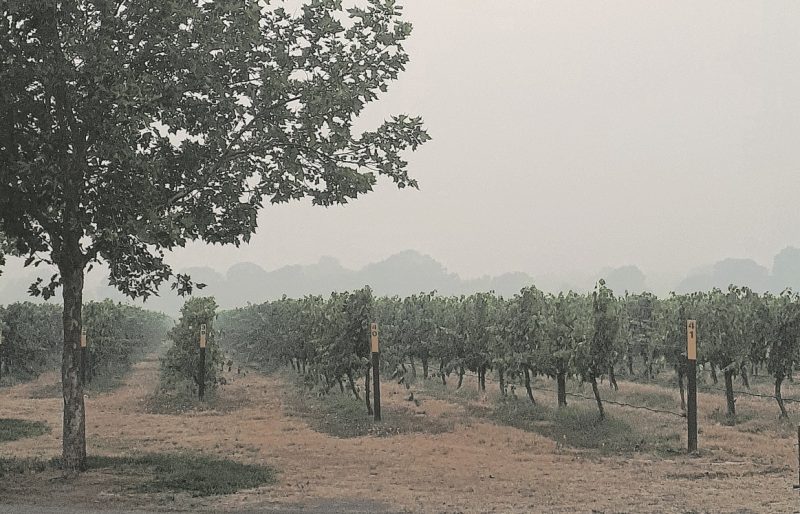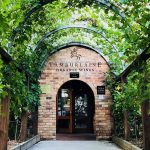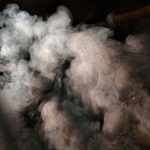By Anita McPherson
The complexities of the science behind smoke taint, was shared with more than 200 grape growers and wine makers who attended an industry workshop at Brown Brothers in Milawa on Wednesday.
Two of Australia’s leading researchers in the subject, Con Simos from the Australian Wine Research Institute and Professor Ian Porter from La Trobe University, shared their expertise with stakeholders covering topics including the large number of factors that can adversely influence wine, findings from field work conducted around Australia, and their take on what is currently being seen in north east Victoria.
It comes as grapegrowers across the north east hold their breath to find out what effect, if any, bushfire smoke will have on this year’s crop – and if they will have a vintage this year at all.
Wines of the King Valley president Dean Cleave-Smith said the experts talked honestly and openly about the situation, but the most important message was that there is no definitive answer.
He said diverse readings were being seen across and within regions and it was clear that all smoke is not the same.
“The way in which smoke impacts grapes varies enormously and is based on a wide range of factors,” he said.
“One of the key take-outs is that individual vineyards in individual areas can be impacted in different ways, which is why it is so important that grapegrowers and wine makers put their fruit through scientific research to understand the impact – if any.”
Cleave-Smith said even the variations between fruit in each vineyard block was startling, but there were ways people can pick grapes and process them to reduce the impact of smoke exposure.
He said while the readings can say whether the smoke in a particular area was light, medium or heavy, they are not yet able to determine what contaminants may be in that smoke.
“We are still optimistic that across the valley that there will be areas where the impact will be low, but the key point is we don’t understand that yet,” he said.
“Whilst samples of smoke have been taken, what they are doing now is a laboratory analysis to understand what the compounds are in that smoke and from there they’ll be able to better determine the probable impact on various areas across the whole of the North East, including at least five sampling sites in the King Valley.”
Cleave-Smith said some of the smoke which arrived in the King Valley came from Gippsland, and on the way may have lost some of the particles that cause an adverse effect in grapes.
He said there was also differentiation between the way smoke affected different varietals, which added to what was a complex situation.
“While we see haze, it doesn’t necessarily contribute to any form of smoke contamination,” he said.
“The valley can’t be assessed as a single entity.
“Growers and wine producers need to be patient and disciplined; to take their fruit through the analysis process so we that we can scientifically make decisions.
“The best thing for the industry overall is just be patient and not to jump to conclusions.”
Cleave-Smith said Wines of the king Valley is working actively with Wine Victoria, who have put a request to government seeking support around the logistics and cost of analysis which will need to be undertaken, and he was optimistic assistance would be given to the industry.
That assistance will be welcomed by local businesses who are already suffering from a massive drop in visitation at what should be one of their busiest times of the year.
This article originally appeared in the Wangaratta Chronicle





















